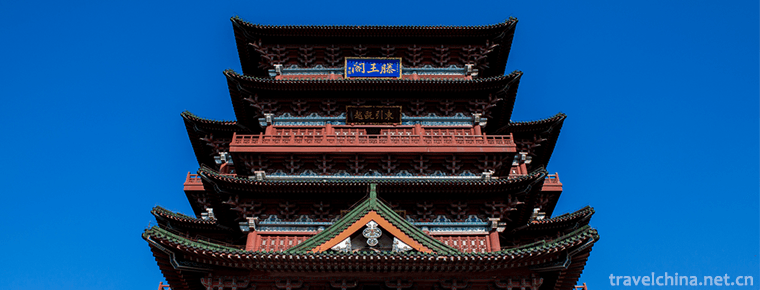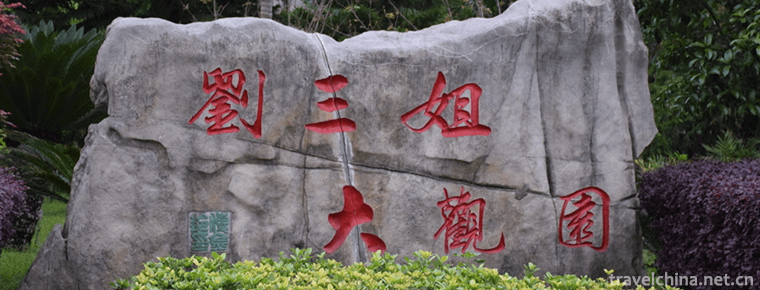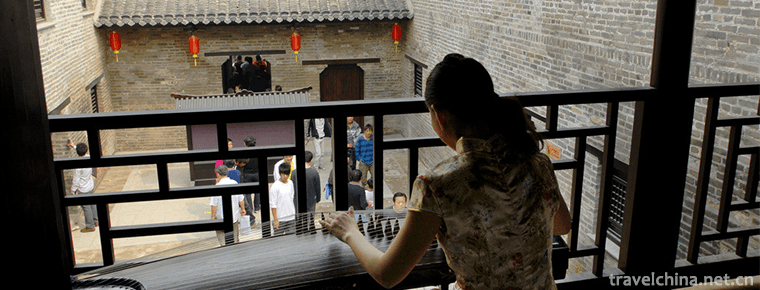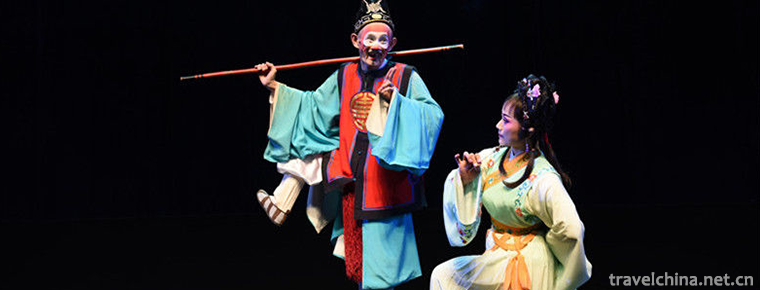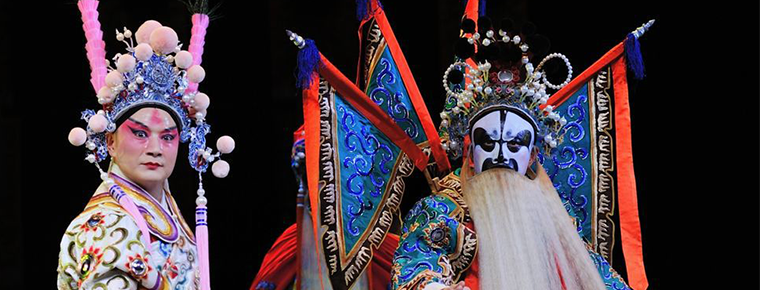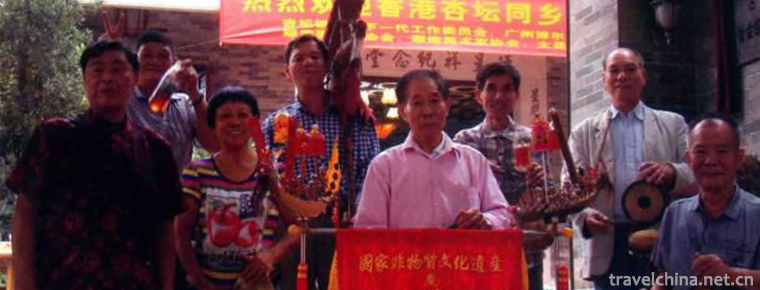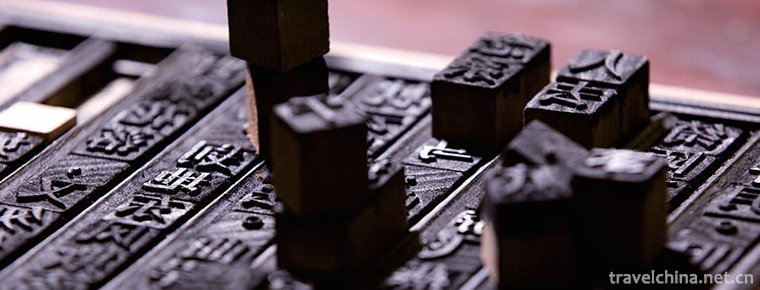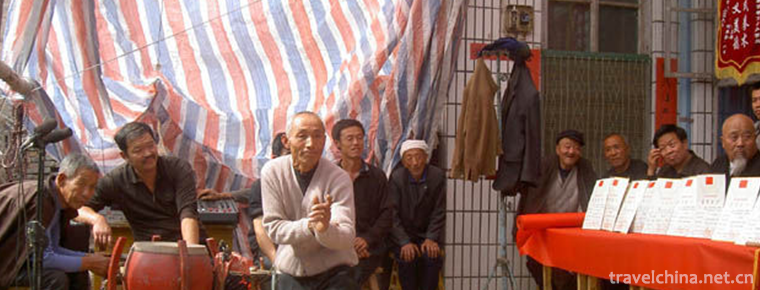Dai brocade weaving skills
Dai brocade weaving skills
Dai brocade weaving is one of the traditional handmade brocade weaving techniques in Xishuangbanna Dai Autonomous Prefecture, Yunnan Province, and one of the national intangible cultural heritage.
Dai brocade weaving is an ancient textile technology. The design of patterns is created by skilled textile skills. Most of them are monochrome, and they are woven with weft threads. They are very precise in the organization of patterns.
On June 7, 2008, Dai brocade weaving skills were approved by the State Council of the People's Republic of China and included in the second batch of national intangible cultural heritage list, numbered -106.
historical origin
According to the recorded data, Dai brocade should have appeared in the Tang Dynasty at the earliest time. At that time, there were records of Dai brocade paying tribute to the court, reflecting the division of labor between men and women in the farming society.
In the previous Dai court, there was a division of labor to pay tribute to each village. For example, Manchaodian Village is a village specially designed for brocade weaving. It is a well-known Dai brocade village in history. It was named as the hometown of brocade weaving by Banna State.
From 1994 to 1995, due to the rapid development of tourism in Banna, brocade was once the main business in Manchaodian Village. 60% of the villagers in the village were brocade weaving, and heard the voice of "machine" every day.
After the tourism fever declined, tourists began to decrease, the brocade market began to shrink, and agriculture became the main business of Manchaodian village.
Process characteristics
Dai brocade has two kinds of cotton brocade and silk brocade: cotton brocade is basically flowered through weft, cotton yarn is the ground, weaving with red or black weft; silk brocade has flowering through weft and broken weft.
Dai brocade is made by women, which reflects the farming social customs of men and women in Dai area. After working, Dai women weave noble lotus flowers, erect betel nut, auspicious peacock, solemn elephant, majestic Kirin, dragon and phoenix, Buddha pagoda and other patterns on the colored brocade to express the Dai people's pursuit of truth, goodness and beauty. Dai brocade often uses white background to set off a single independent pattern or repeated continuous patterns, and some patterns are presented as silhouette-like side shape, vivid image, sharp outline, giving people a deep impression. In addition, the Dai brocade also emphasizes the symmetry, contrast and continuity of patterns, and pays attention to the combination of dense, concrete and abstract.
Dai brocade is mainly produced in Dehong, Xishuangbanna, Gengma, Menglian and other valleys in Yunnan Province, and in Jinggu, Jingdong, Yuanjiang, Jinping County and Jinsha River Basin.
Technological process
raw material
The basic raw materials of brocade are silk, cotton, kapok, hemp and wool. From the material point of view, silk and cotton are used more, that is to say, the majority of products are silk brocade, cotton brocade and silk and cotton mixed brocade.
tool
Spinning tools: hand spinning wheels
It is composed of shelf and axle. The shelf is medium-shaped. The two sides are used to rotate the winding thread. The middle axle rotates long. It penetrates the hollow tube of the shelf. The fibers are released by the left hand. The right-hand rocker rotates the winding thread. After twisting, the winding thread is repeated.
Fabrics: shuttles
Important tools for weft insertion in textiles: the development of shuttles can also be seen in Yunnan national weaving tools, from using yarn balls as shuttles to using woven stick fibers or weft tubes, and then to developing winding boards perpendicular to the direction of warp yarn winding. Finally, they are shaped like jujube cores and hollowed in the middle as warehouses for weft inserting tubes. Some of them also add pulleys at the bottom of shuttles to increase the speed of shuttle beating knives. The medium pressure weft beating knife in textile is made of harder wood into a special axe-shaped weft beating knife. The weft insertion and beating are integrated by hollowing a slot in the thick back.
Fabric: heald
Using a pole similar to the width of the cloth, tied to the pole by a thin thread to make the warp interlace up and down separately on sawing loom to use half-heald, tie the odd or even strands of warp yarn, and complete one opening by a hand-held heald. The other loom relies on warp tension and is assisted by a beating knife, but it is different. The odd strand warp yarn is one heald, the even strand warp yarn is another heald, and the heald is lifted by foot-stepping tweezers. 。
Weaving: tweezers
The two boards are connected with the horse head on the loom rack to lift the harness under the action of the lever when trampling down.
Other accessories
In addition to the five main tools mentioned above, there are warp reels, warp splitting sticks, cloth reels, breadth braces and so on.
Loom
Due to the different degree of development and the influence of the surrounding nationalities, the weaving machines used by Dai nationalities are mainly inclined looms: a complete frame fixed warp let-off, coiling device, the weaver's seat and warp plane form an inclined angle, using odd and even two-page yarn heddles, lifting the heddle with trampling tweezers, and inserting weft with shuttles.
Technological process
When weaving, Dai women first tie the pattern with a piece of string on the "pattern board" (flower book), and then use the action of hand-held pedal to make the warp line form two layers and then start weft insertion, so that repeated circulation can be made into a very beautiful Dai brocade.
Preparation
After picking cotton peaches, seed cotton is obtained by shelling first, and then seeds are removed by ginning truck.
Bullet
The key to spinning cotton yarn is to use a bamboo bow to bounce the lint loose.
Volume feast
That is to say, a square board or a piece of bamboo sliver about 40 centimeters long, a bamboo stick or stick about 1 centimeter in diameter and 30 centimeters in length, laying a layer of cotton about 30 centimeters square and 0.5 centimeters thick on the board, rolling small sticks and cotton layers into a roll of cotton sliver, pulling out the stick and rolling it into a roll.
Spinning
Single spindle spinning is used to spin the yarn, and wire rope wheel is used to arrange the yarn regularly. It is also necessary to brush rice paste on the yarn to make the yarn smooth and straight. At the same time, insert the weft into the shuttle.
Warping
The warp yarn is arranged in order to divide odd and even yarns into two groups. The odd and even yarns are separately pierced into two different hedges, and the warp is pierced into the setting box.
Boarding
Ready the warp reel and the cloth reel, put the warp on the machine and begin to weave the brocade. The dyed yarn for loom is warp and weft. The warp threads pass through the machine brown, and the ends are tied to the winding roll and the coiling roll respectively. The weft threads through the shuttle. The number of shuttles is the same as the color number of the weft, that is, several shuttles with several colors of the weft, and then shuttle back and forth to weave various patterns.
Staining
That is to say, the white cloth through the spinning and dyeing process is dyed into a flower cloth with a white pattern on the blue background.
Inheritance and protection
Inheritance value
Dai brocade reflects the appearance of Dai's farming society. When the related crafts of many other nationalities'farming society disappeared, Dai brocade became very rare.
Dai brocade is closely related to Dai people's daily life, Buddhist beliefs and worship of ghosts and gods. It plays an important role in Dai people's social life and has unique historical, cultural and aesthetic values. Dai brocade is implicit and clear, rich in imagination, ingenious in conception and unique in technique. It occupies an important place in Chinese brocade art.
Inheritance status
Due to weak support and protection, Dai brocade weaving skills are facing extinction. To protect and develop Dai brocade scientifically and reasonably is of great significance for carrying forward the excellent Dai culture.
Inheriting characters
Ye Juan, female, was born in 1959. On May 26, 2009, Ye Juan was selected as the representative successors of the third batch of state-level intangible cultural heritage projects and declared in Xishuangbanna Dai Autonomous Prefecture, Yunnan Province. Representative items: Dai brocade weaving skills.
Yuerjing, daughter. On May 8, 2018, Yueryong was selected as the representative successors of the fifth batch of state-level intangible cultural heritage projects, which were declared by the Dai Autonomous Prefecture of Xishuangbanna, Yunnan Province. Representative items: Dai brocade weaving skills.
protective measures
On March 27, 2013, the Dai Handicraft Brocade Skills Training Course held in Xishuangbanna Dai Autonomous Prefecture opened in Manshawan Village, Menglong Town. The "Dai Brocade Skills" inheritor and protective production training course was held to inherit and protect the traditional culture of the minority, so that more people can understand and master the Dai brocade skills.
On August 6, 2014, the Dai Handicraft Brocade Skills Training Course in Xishuangbanna, sponsored by the Minzong Bureau of Xishuangbanna Dai Autonomous Prefecture in Yunnan Province and sponsored by Xishuangbanna National Culture Communication Co., Ltd., was held at the Dai Handicraft Brocade Skills Training Institute of Manchao Point Villagers Group in Gasa Town. More than 80 trainees were trained. The training course focused on handicraft brocade skills, plant dyeing and other aspects. Study. The project is a project of handmade brocade inheritance, protection and development of Dai nationality, a national intangible cultural heritage in Xishuangbanna. Through in-depth protection, excavation, promotion and research and development, handmade brocade of Dai nationality is produced, brocade wire and brocade technology are improved, nearly 100 middle-aged and old rural women are encouraged to engage in the production of handmade brocade of Dai nationality, increase farmers'income, inherit and protect the west. Dai culture in Shuangbanna.
social influence
Important activities
From December 10 to 11, 2016, the 11th Confucius Institute Congress was held in Kunming. The intangible cultural heritage exhibition of Yunnan Province was presented at the Confucius Institute Congress. The national inheritors of Dai brocade skills showed the Dai brocade skills live on the spot.

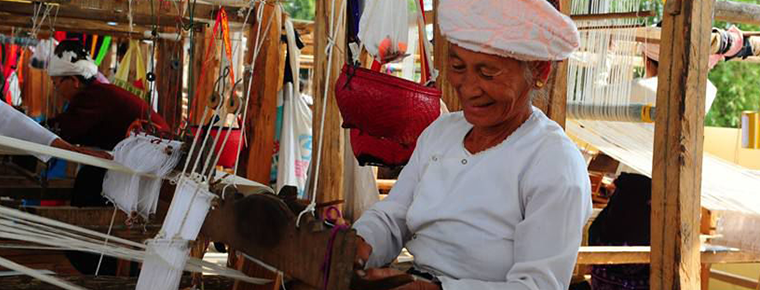
-
Wuyuan County
Wuyuan County, now under the jurisdiction of Shangrao City, Jiangxi Province, is one of the six counties in ancient Huizhou. .
Views: 183 Time 2018-11-11 -
Pavilion of Prince TengTengwang pavilion
Tengwang Pavilion, one of the three famous buildings in the south of the Yangtze River, is located on the East Bank of Ganjiang River along the Yangtze River Road in the northwest of Nanchang City, Ji.
Views: 166 Time 2018-12-08 -
Liupanshan National Forest Park
Liupanshan National Forest Park is located in the center of the triangle formed by Xi'an, Yinchuan and Lanzhou. It is located in the south of Ningxia. It spans two counties and one district in Jingyua.
Views: 122 Time 2018-12-24 -
Liu Sanjie s Grand View Garden
Liu Sanjie Grand View Garden, formerly known as Guilin Liu Sanjie Landscape Garden, is located on the Peach Blossom River in Guilin City, Guangxi Zhuang Autonomous Region. It covers an area of more th.
Views: 145 Time 2018-12-26 -
Yao Wan ancient town
Yaowan Ancient Town is located in the southwest edge of Xinyi City, Xuzhou City, Jiangsu Province, at the junction of Beijing-Hangzhou Grand Canal and Luoma Lake, and is connected with Suqian, Suining.
Views: 224 Time 2019-03-03 -
Gao Jia Opera
Gaojia Opera, a local traditional drama in Quanzhou City, Fujian Province, is one of the national intangible cultural heritage..
Views: 151 Time 2019-04-30 -
Anhui Opera
Hui Opera, one of the local operas in Anhui Province of China, originally known as "Hui Diao" and "Erhuang Diao", originated in the Ming Dynasty and was named Hui Opera after 1949..
Views: 185 Time 2019-05-04 -
Dragon Boat rap
Dragon boat rap, also known as "Dragon Boat", "Dragon Boat Song", "Dragon Island Song" or "Shunde Dragon Boat", is a popular form of folk art in the Pearl River.
Views: 118 Time 2019-05-14 -
Wood movable type printing technology
Dongyuan Village is located in the southwest of Ruian City, Zhejiang Province. According to the local "Wang's genealogy of Taiyuan County", in the early Yuan Dynasty, Wang Famao, a hermit in.
Views: 114 Time 2019-06-06 -
Xinyiquan
Xinyiquan, one of the traditional Chinese boxing, is an important part of Chinese martial arts culture and Oriental mysterious culture. It is a wonderful flower in the hundred gardens of Chinese marti.
Views: 150 Time 2019-07-06 -
Southwest University of Finance and Economics
Southwest University of Finance and Economics is a national key university under the Ministry of Education's "211 Project" and "985 Project" dominant disciplines innovation platfor.
Views: 154 Time 2019-08-31 -
Nanchong hydrology
Nanchong is rich in precipitation. The average annual precipitation is 1000 mm, excluding evaporation, the annual total water is about 4.191 billion cubic meters, and the average annual runoff depth is about 313 mm. The distribution of runoff depth is generally .
Views: 348 Time 2020-12-17

